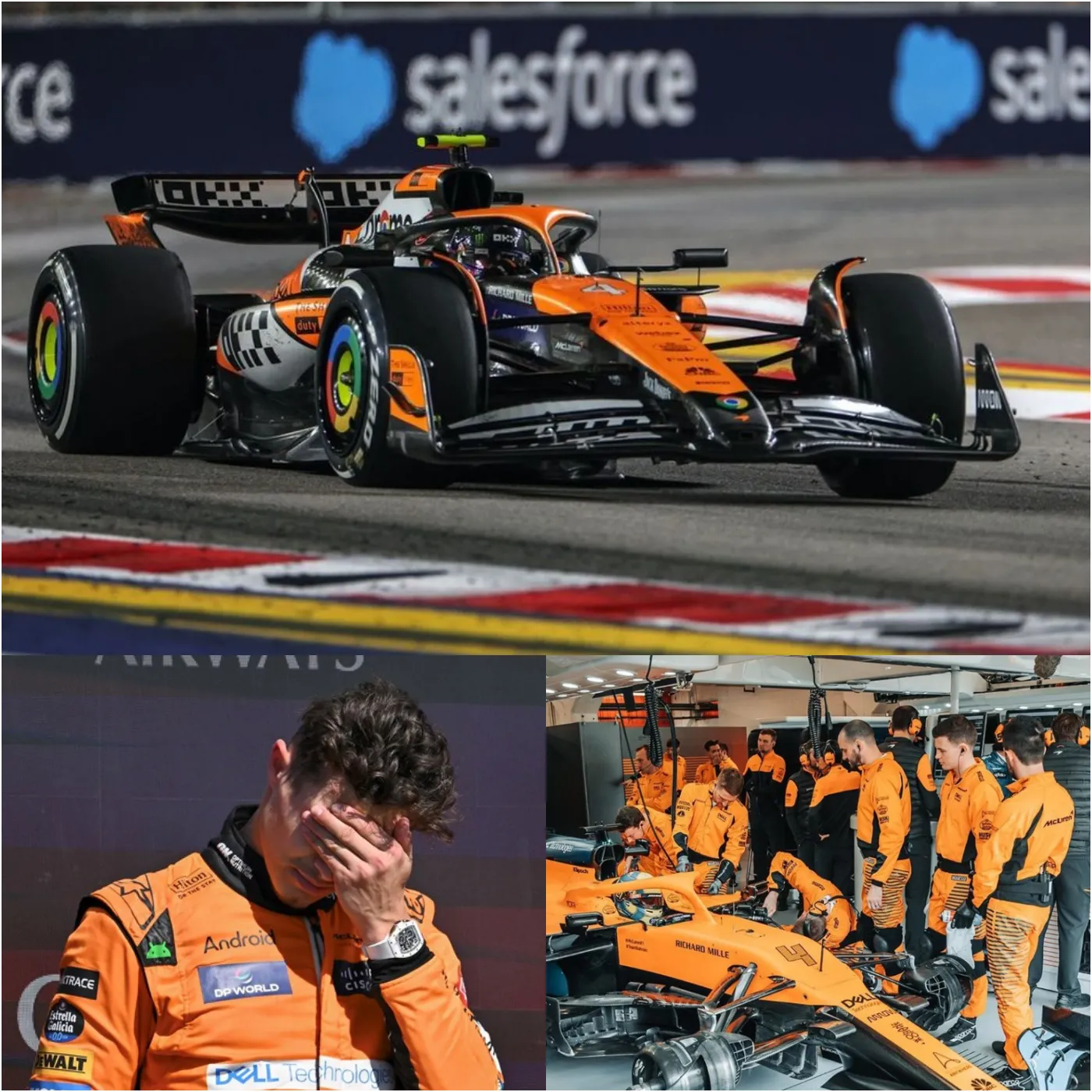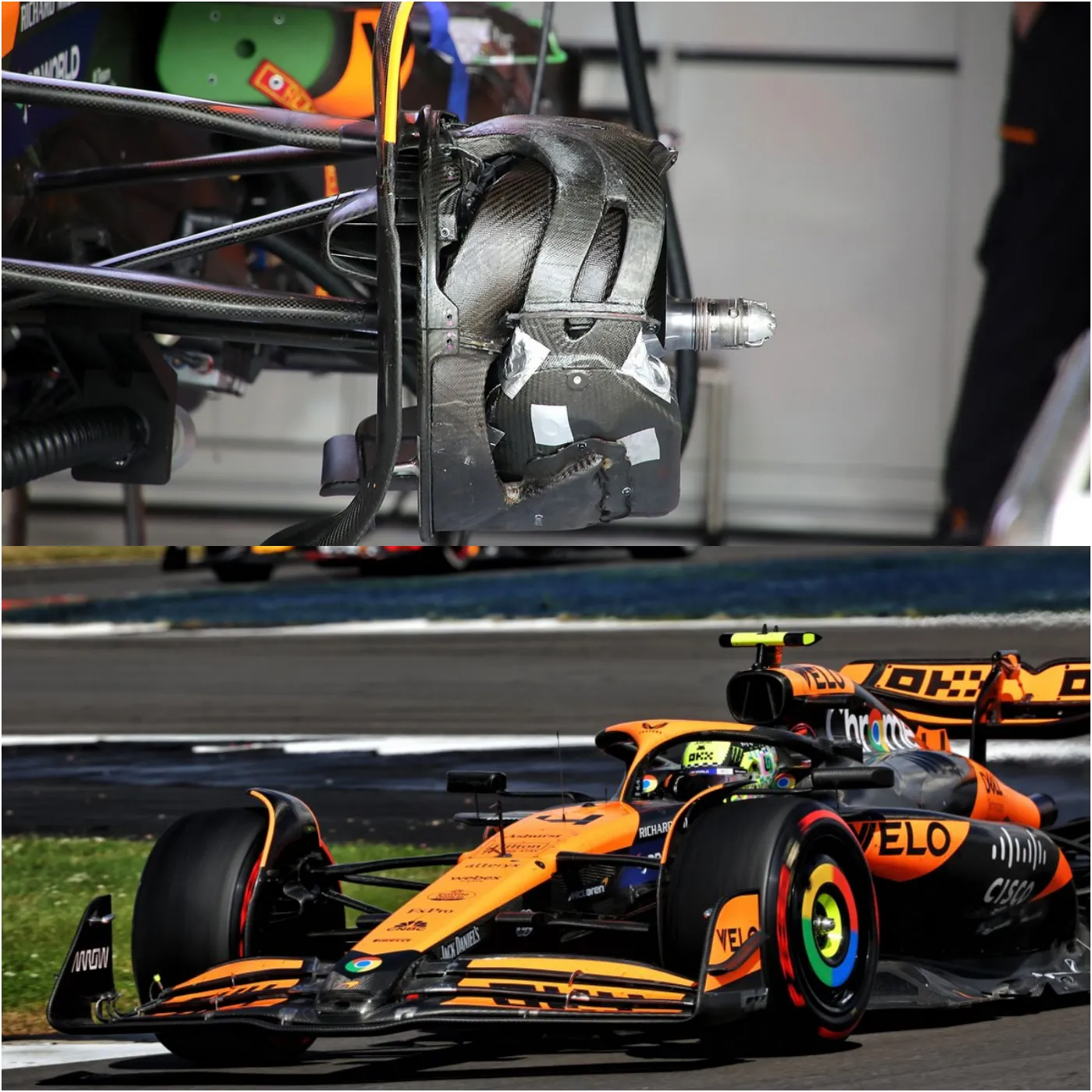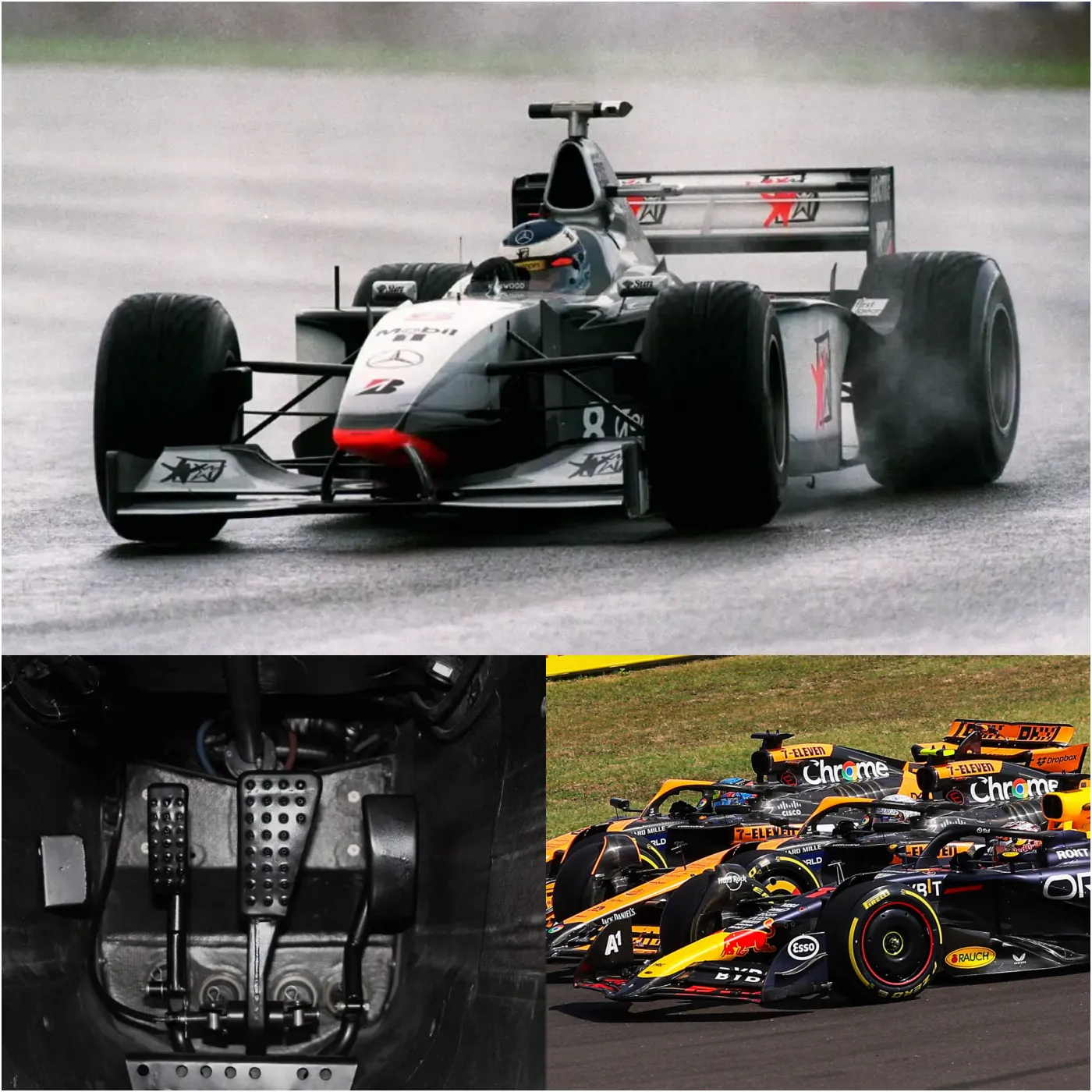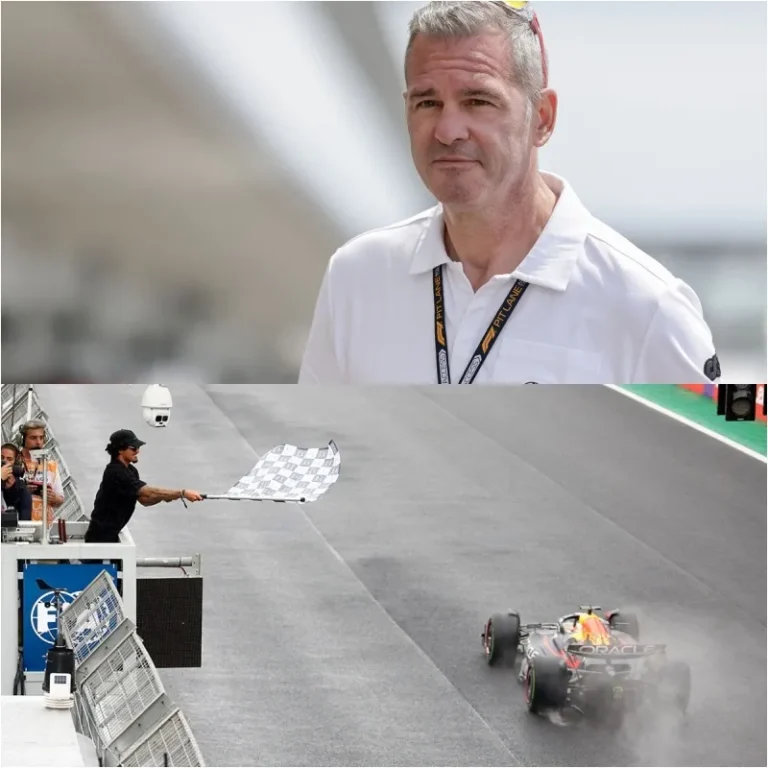
In 1998, McLaren faced an in-season rule change when the FIA banned its “fiddle brake” system, discovered by a photographer. This ingenious, cost-effective braking technology, created in 1997, involved a second brake pedal that allowed drivers to brake one rear wheel at a time to reduce understeer.
McLaren’s Experiment with Brake-Steer System on the MP4/12
In 1997, McLaren implemented the “fiddle brake”, which Ferrari’s Ross Brawn named. The system let drivers brake one rear wheel individually, helping them get back on power earlier without understeer. McLaren’s chief engineer, Steve Nichols, recalled how the idea was born from the desire to “dial out understeer” by adding an extra pedal in the cockpit.
Paddy Lowe, head of R&D, greenlit the project, and during testing at Silverstone, driver Mika Hakkinen shaved off half a second with just a rudimentary setup.

Racing Application and Competitive Edge
David Coulthard was initially skeptical, but Hakkinen, a left-foot braker, saw potential. Tim Goss, chief test engineer, explained that McLaren was confident in the system’s legality and could easily install it with a simple master cylinder and brake hose. They used it during Grand Prix weekends, selectively linking it to either rear brake caliper depending on the circuit.
“As the drivers got used to it, they could drive harder, reducing understeer and achieving a more stable car,” Goss noted.
With the system operational, McLaren showcased notable speed in 1997, although mechanical issues thwarted podiums. Their speed gains, however, began attracting media attention.
Discovery of the Fiddle Brake
Darren Heath, an F1 Racing photographer, noticed a rear brake disc glowing during a non-braking phase, hinting at additional braking mechanisms. He managed to photograph Hakkinen’s cockpit, capturing an extra pedal, confirming the fiddle brake’s existence.
“We didn’t check the system’s legality with the FIA because we believed there was no issue,” said chief designer Neil Oatley.
Dominance in Early 1998 and Ferrari’s Protest
McLaren’s MP4/13 dominated the 1998 Australian Grand Prix, with Hakkinen and Coulthard lapping every car. Ferrari protested, claiming the system was a steering aid, but McLaren still managed a 1-2 finish at Brazil, despite disabling the system.
Final Ruling and System Ban
FIA classified the fiddle brake as a steering device, invoking Article 10.4.1 and revising regulations for 1999 to prevent similar systems.
“We named it brake-steer,” Goss admitted, “which backfired when arguing it wasn’t a steering aid.”
To enforce the ban, FIA tightened braking regulations, mandating uniform brake pressure and prohibiting any powered devices from altering brake configurations.

Legacy of the Fiddle Brake
Though McLaren’s system offered a competitive advantage, cost concerns from rival teams led to its ban. Yet, the fiddle brake remains a testament to McLaren’s innovation and the ever-evolving rules in Formula 1.
By tightening regulations around steering and braking systems, the FIA aimed to maintain competitive fairness while limiting the expense of constant technological escalation.






